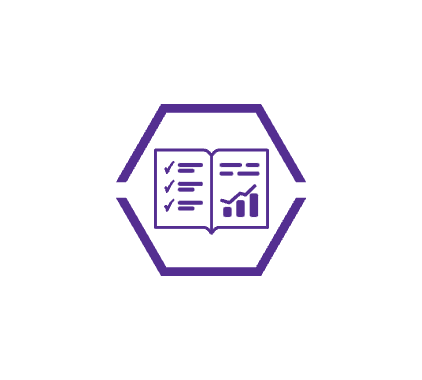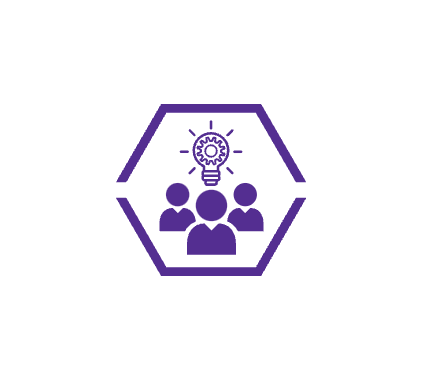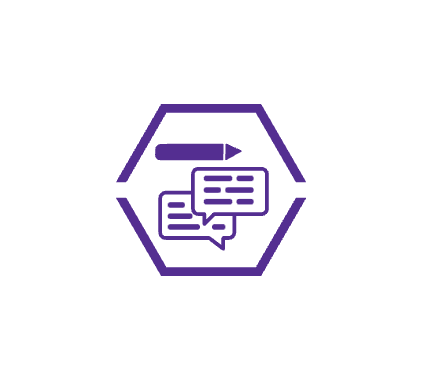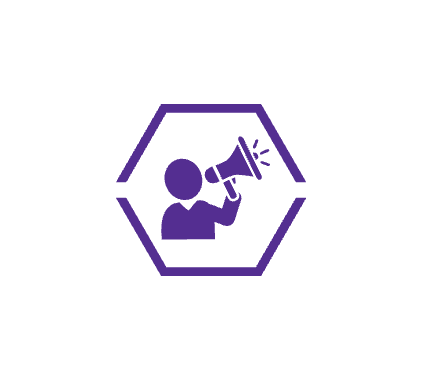The Death of the Marketing Funnel?

Will the Adaptive Customer Engagement Model Replace the Marketing Funnel?
Over recent years, the business-to-business (B2B) buyer’s journey has changed drastically. The marketing funnel for the typical buying process for B2B solutions now involves between six to ten different decision makers, each accessing various information across multiple channels and sources. At the same time, buyers increasingly expect a more seamless, consumer-style experience.
Considering these new expectations, the question is whether the linear, step-by-step marketing funnel model traditionally used across marketing and sales functions is still fit for purpose.
Investigating this topic, market intelligence firm International Data Corporation (IDC) has issued a report identifying new approaches necessary to engage modern B2B buyers, encapsulating its findings in a new Adaptive Customer Engagement (ACE) model.
Challenges Facing the Marketing Funnel (Sales)
We’ve already addressed the many challenges troubling CMOs in 2023, who face volatile market conditions caused by the lingering effects of the pandemic, supply chain disruption, inflationary price increases, and geopolitical instability. In that blog, we identified three areas for marketing teams to focus on:
- providing value to customers
- improving cross-functional collaboration
- and optimizing digital brand value
However, another approach CMOs could consider in 2023 is to change the marketing model entirely.
With more varied B2B buyers, marketers must be ready to engage and influence a vast range of personas across different locations. There is no one-size-fits-all approach to target these buyers, each requiring contextually appropriate actions to convert. Meeting that challenge requires orchestration between sales and marketing efforts so that they can adaptively deliver the right content at the right place and time.
That’s difficult to enact within existing models, which lack customer-centricity. More bespoke, digital-first experiences are required to establish relationships with individual buyers.
The Adaptive Customer Engagement (ACE) Model
IDC’s new model is intended to help brands rapidly identify revenue growth opportunities. Rather than a typical buyer’s journey with a fixed path, the ACE model instead allows buyers to move in any direction to any other part of the model at any time.
For such a model to be effective, the brand can’t sit back and wait for buyers to complete the buying journey independently. Instead, the vendor is responsible for identifying the user’s current needs, wherever they are in the journey, before providing suitable digital or human resources to address those needs.
Obviously, there are limits to the adaptability and agility that can be reasonably expected of marketers, which is why the model focuses on four key areas of interaction.
Buyer’s Objectives
To meet buyers’ heightened expectations, marketers must demonstrate that their product or service can assist the buyer in solving business challenges and achieving their desired outcomes. Accomplishing this goal requires a highly orchestrated, wide-ranging content marketing strategy that motivates people in the buying group to not only purchase but remain loyal afterwards. Furthermore, buyers need to be sent contextually relevant information and experiences at the right time and in the right way — for instance, when browsing a specific page on a website.
Adaptive Enablement
The ACE model emphasizes the importance of delivering tailored content and consistent and unified experiences throughout the customer journey. Thanks to emerging technologies combining customer data, digital analytics, artificial intelligence (AI), insights, and automation, marketers are now able to understand better and respond to the needs of buying cohorts at every stage of their lifecycle — allowing them to accurately deliver the right content, via the proper channels, at the right time.
Adaptive Engagement
Potential customers acquire information and resources from various sources at different points in the buying process, with distinct preferences for the type and format of information they consume. According to IDC research, buyers desire a digital experience complemented by human interaction throughout the process. By utilizing data, analytics, and automation, marketers can now generate a customized experience with content tailored to a particular individual and stage of the journey.
Seller’s Objectives
The ACE model ultimately relies on marketing and sales teams working together more closely and effectively. With their digital expertise and understanding of customer behavior, marketing teams should alert sales teams when buying behavior changes, prompting salespeople to speed up purchasing decisions.
ACE in Practice
It remains to be seen whether the model proposed by IDC will become the new default. For marketers and salespeople looking to supercharge their lead generation and customer creation efforts, the new model undoubtedly has the potential to overcome some of the weaknesses of the existing marketing and sales funnel. In a world where technology buyers live almost exclusively online, engaging them means better orchestrating the customer experience across multiple channels. This feat will only be accomplished by using data and emerging technologies.

 Content Marketing
Content Marketing Messaging and Positioning Accelerator
Messaging and Positioning Accelerator Guest Expert Speaker
Guest Expert Speaker Reviews and Testimonials
Reviews and Testimonials Success Stories
Success Stories News, Awards & Recognition
News, Awards & Recognition Blog
Blog Podcast
Podcast